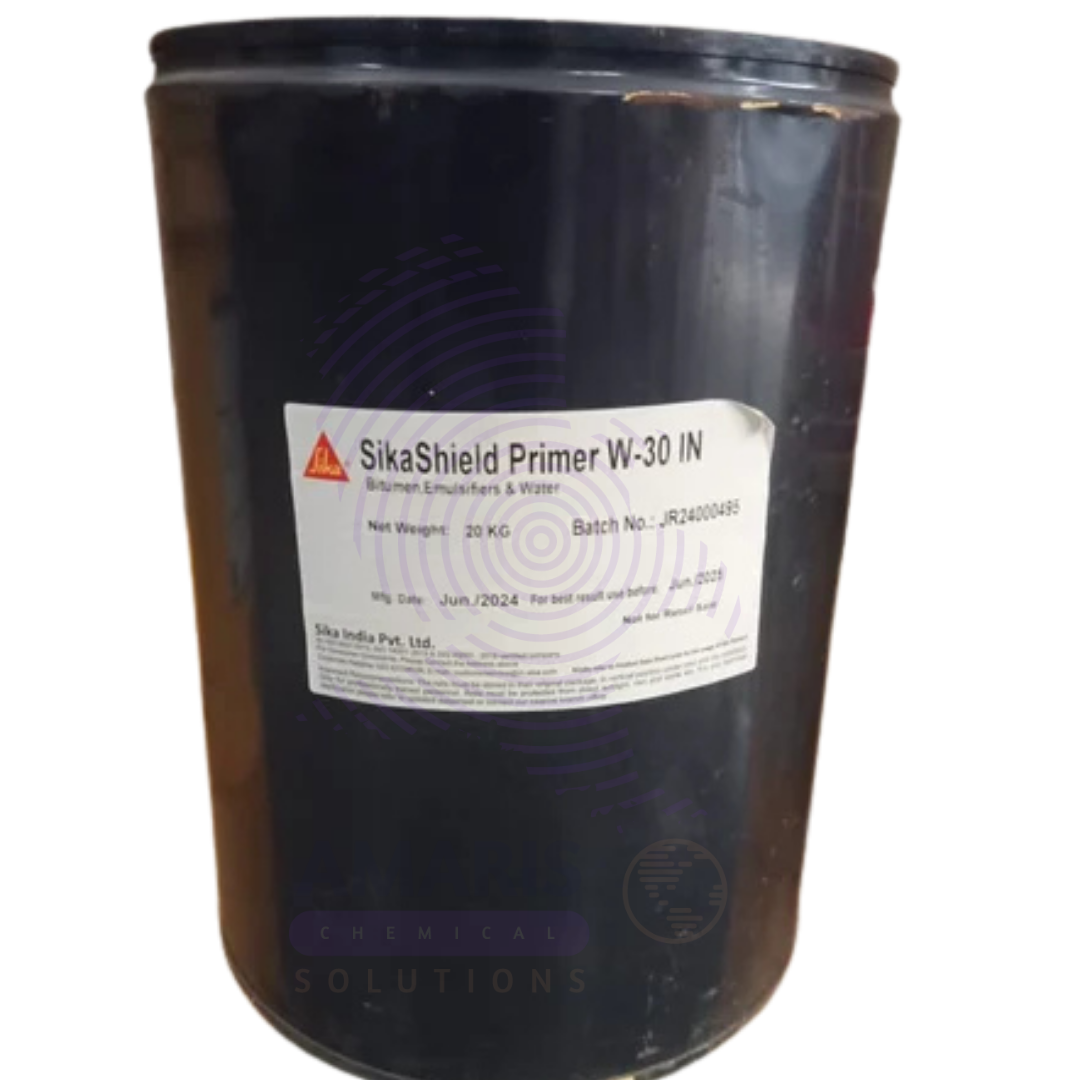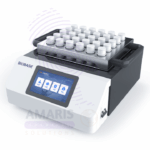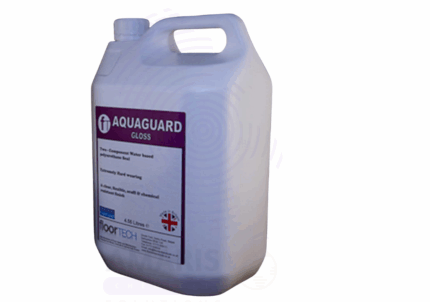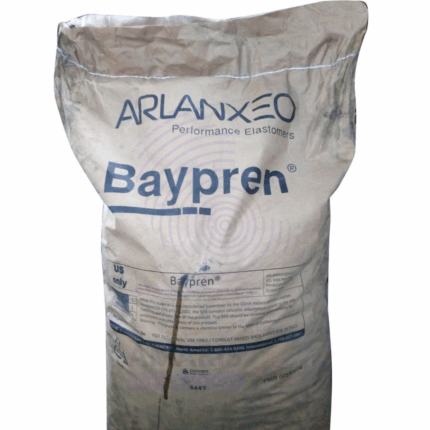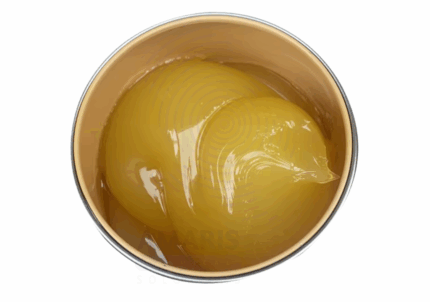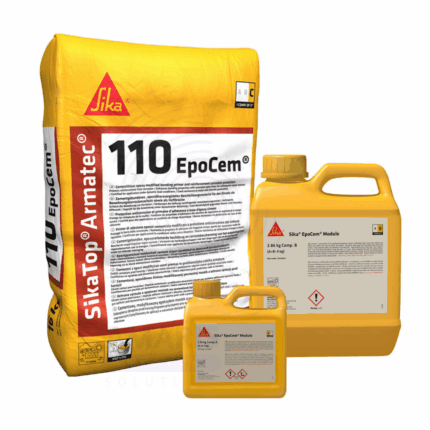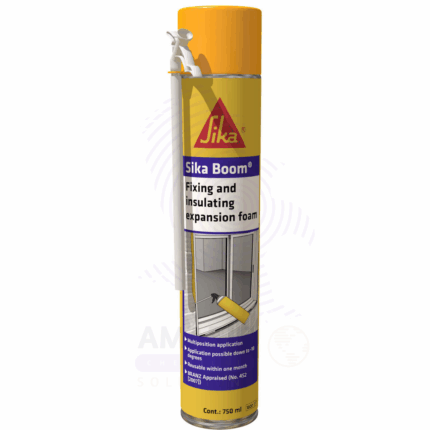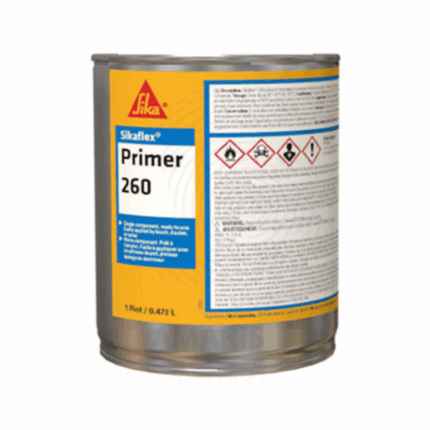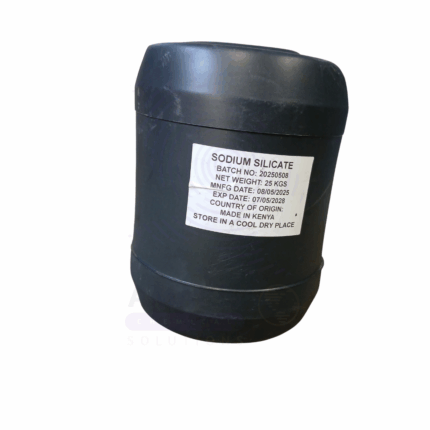Back to products


Blotting Paper
$ 7.82 Original price was: $ 7.82.$ 7.74Current price is: $ 7.74.
Bitumen Primer
Whatsapp Order
Bitumen Primer is a high-performance, solvent-based or water-based coating designed to prepare and seal surfaces before the application of bituminous waterproofing or roofing systems. It enhances adhesion by binding dust, reducing surface porosity, and creating a tacky base layer for membranes, felts, and asphalt-based applications. Bitumen Primer is quick-drying, highly penetrative, and applicable to a wide variety of substrates including concrete, masonry, metal, and wood. It plays a critical role in extending the durability and effectiveness of waterproofing systems in construction and industrial environments.
Description
Table of Contents
Toggle
Bitumen Primer
Primary Uses
- Laboratory Applications
- Used in research labs for testing adhesion and compatibility of waterproofing systems.
- Facilitates evaluation of primer efficacy under simulated environmental conditions.
- Applied in quality assurance labs for bituminous product development and testing protocols.
- Supports surface preparation during prototype testing of coating systems.
Secondary Uses
- Industrial Applications
- Applied on concrete roofs, walls, and foundations before bitumen membrane installation.
- Used in tanking and dampproofing for underground structures and retaining walls.
- Serves as a primer coat in road and bridge construction before bituminous overlays.
- Prepares metal surfaces to prevent corrosion and improve membrane bonding.
- Applied in pipe coating systems for corrosion protection and adhesion enhancement.
- Used in waterproofing projects for terraces, basements, and water tanks.
- Supports industrial storage structures by sealing joints and surfaces prior to final coating.
KEY PRODUCT FEATURES
1. Basic Identification Attributes
- Product Type: Bitumen Primer
- Form: Liquid (solvent-based or water-based)
- Function: Surface sealer and adhesion promoter for bituminous systems
2. Physical & Chemical Properties
- Appearance: Black or dark brown liquid
- Odor: Characteristic solvent or asphaltic smell
- Viscosity: Medium to low (depends on formulation)
- Drying Time: Typically 1–4 hours depending on temperature and humidity
- Solubility: Soluble in organic solvents (solvent-based type) or dispersible in water (water-based type)
- Flash Point: Varies; typically >21°C for solvent-based formulations
3. Safety & Hazard Attributes
- GHS Classification: Flammable (solvent-based); may cause skin and eye irritation
- Toxicity: Harmful if inhaled in concentrated form; non-toxic after curing
- Allergen Information: May contain trace volatile organic compounds (VOCs)
- Exposure Limits: Use only in well-ventilated areas; avoid prolonged vapor inhalation
4. Storage & Handling Attributes
- Storage Conditions: Store in tightly sealed containers in a cool, dry, well-ventilated area
- Handling Precautions: Keep away from heat, sparks, open flames; wear appropriate PPE
5. Regulatory & Compliance Attributes
- Conforms to ASTM D41 and other construction coating standards
- Manufactured under ISO-certified processes
6. Environmental & Health Impact
- Biodegradability: Low; dispose in accordance with hazardous waste regulations
- Ecotoxicity: May be harmful to aquatic environments in liquid form
- Bioaccumulation: Not expected when fully cured
SAFETY HANDLING PRECAUTIONS
Safety Handling Precautions
- PPE Required: Gloves, goggles, respirator in confined or poorly ventilated spaces
- Handling Guidelines: Avoid skin contact and vapor inhalation; no smoking near product
First Aid Measures
- Inhalation: Move to fresh air immediately; seek medical attention if symptoms persist
- Skin Contact: Wash with soap and water; remove contaminated clothing
- Eye Contact: Rinse thoroughly with water for several minutes
- Ingestion: Do not induce vomiting; seek medical assistance
Firefighting Measures
- Fire Hazards: Flammable (especially solvent-based)
- Extinguishing Media: Foam, dry chemical, CO₂, sand
- Special Precautions: Use PPE and breathing apparatus in enclosed areas
- Hazardous Combustion Products: Carbon monoxide, carbon dioxide, soot, volatile organics
Related products
Aquaguard
Aquaguard is a brand name commonly associated with water purification products and filtration systems designed to provide safe, clean drinking water. These systems typically use technologies such as UV purification, RO (reverse osmosis), UF (ultrafiltration), and activated carbon filters to remove contaminants including bacteria, viruses, dissolved salts, heavy metals, and suspended particles. Aquaguard products are widely used in residential, commercial, and industrial settings to improve water quality, taste, and safety. The brand encompasses water purifiers, filters, and treatment units tailored to different water sources and purity requirements.
Bayprene
Bayprene is a high-quality, synthetic rubber polymer belonging to the class of nitrile butadiene rubbers (NBR). It is widely used for its excellent resistance to oils, fuels, chemicals, and abrasion, making it ideal for sealing, gasketing, hoses, and industrial applications where durability and chemical resistance are required. Bayprene exhibits good mechanical properties, high tensile strength, and resistance to swelling and degradation, especially in petroleum-based environments. It is commonly supplied as solid rubber sheets, molded parts, or raw polymer for compounding.
Marble Adhesive Glue
Marble Adhesive Glue Granite Glue, also known as Granite Glue, is a high-strength adhesive specifically formulated for bonding natural stones such as marble, granite, and other types of stone surfaces. It offers excellent adhesion, durability, and resistance to environmental factors like moisture, heat, and chemicals. This glue is commonly used in construction, interior decoration, and stone fabrication industries to securely fix stone slabs, tiles, and countertops. The adhesive provides a seamless and strong bond, facilitating the installation and repair of stone surfaces with high aesthetic and structural quality.
Sika Armatec 110
Sika Armatec 110 is a high-performance, corrosion-inhibiting bonding and anti-corrosion primer designed for use on steel reinforcement and concrete surfaces. It forms a strong adhesive layer between old and new concrete and provides excellent protection against corrosion of embedded steel bars. This ready-to-use, single-component product enhances the durability and longevity of reinforced concrete structures, especially in aggressive environments.
Sika Boom Expanding Foam
Sika Boom Expanding Foam is a one-component, polyurethane-based, fast-curing foam designed for sealing, filling, insulating, and bonding applications in construction and renovation. It expands rapidly upon dispensing to fill cavities, gaps, and voids, providing excellent thermal and acoustic insulation. The foam adheres well to most common building materials such as wood, concrete, metal, and plastics. It is moisture-curing and offers good resistance to aging, shrinking, and water.
Sika Flex 260 Primer
Sika Flex 260 Primer is a high-performance, solvent-based primer designed to enhance adhesion of polyurethane and other elastic sealants on porous and non-porous substrates. It provides excellent bonding on surfaces such as concrete, metal, wood, and various plastics, ensuring durable and long-lasting sealant performance. The fast-drying formula allows for efficient application in construction and industrial sealing projects.
Sika Flexi Tape
Sika Flexi Tape is a flexible, high-strength sealing and repair tape designed for quick and durable sealing solutions. Made from a tough, elastic polymer film coated with an aggressive adhesive, it provides excellent adhesion to a variety of surfaces including metals, plastics, concrete, and wood. The tape is weatherproof, waterproof, and UV resistant, making it suitable for both indoor and outdoor applications. It is ideal for sealing leaks, patching holes, and reinforcing joints, offering a convenient and reliable alternative to liquid sealants.
Sodium Silicate
Sodium Silicate is a water-soluble, viscous alkaline liquid with the general formula Na₂SiO₃ (ratios vary). Commonly referred to as water glass or liquid glass, it appears as a clear to slightly cloudy solution. This 20-litre packaged product is known for its excellent adhesive, binding, and sealing properties. It is widely used in industrial, construction, detergent, and water treatment applications. Sodium silicate forms a glassy film upon drying and resists high temperatures and chemical attack, making it extremely versatile across many industries.


 Preservatives(food)
Preservatives(food) Flavor Enhancers
Flavor Enhancers Acidulants
Acidulants Sweeteners
Sweeteners Antioxidants
Antioxidants Colorants(food)
Colorants(food) Nutraceutical Ingredients (food)
Nutraceutical Ingredients (food) Nutrient Supplements
Nutrient Supplements Emulsifiers
Emulsifiers
 Collectors
Collectors Dust Suppressants
Dust Suppressants Explosives and Blasting Agents
Explosives and Blasting Agents Flocculants and Coagulants
Flocculants and Coagulants Frothers
Frothers Leaching Agents
Leaching Agents pH Modifiers
pH Modifiers Precious Metal Extraction Agents
Precious Metal Extraction Agents
 Antioxidants(plastic)
Antioxidants(plastic) Colorants (Pigments, Dyes)
Colorants (Pigments, Dyes) Fillers and Reinforcements
Fillers and Reinforcements Flame Retardants
Flame Retardants Monomers
Monomers Plasticizers
Plasticizers Polymerization Initiators
Polymerization Initiators Stabilizers (UV, Heat)
Stabilizers (UV, Heat)
 Antifoaming Agents
Antifoaming Agents Chelating Agents
Chelating Agents Coagulants and Flocculants
Coagulants and Flocculants Corrosion Inhibitors
Corrosion Inhibitors Disinfectants and Biocides
Disinfectants and Biocides Oxidizing Agents
Oxidizing Agents pH Adjusters
pH Adjusters Scale Inhibitors( water)
Scale Inhibitors( water)
 Antioxidants(cosmetic)
Antioxidants(cosmetic) Emollients
Emollients Fragrances and Essential Oils
Fragrances and Essential Oils Humectants
Humectants Preservatives
Preservatives Surfactants(cosmetic)
Surfactants(cosmetic) Thickeners
Thickeners UV Filters
UV Filters
 Fertilizers
Fertilizers Soil Conditioners
Soil Conditioners Plant Growth Regulators
Plant Growth Regulators Animal Feed Additives
Animal Feed Additives Biostimulants
Biostimulants Pesticides (Herbicides, Insecticides, Fungicides)
Pesticides (Herbicides, Insecticides, Fungicides)
 Active Pharmaceutical Ingredients (APIs)
Active Pharmaceutical Ingredients (APIs) Excipients
Excipients Solvents(pharmaceutical)
Solvents(pharmaceutical) Antibiotics
Antibiotics Antiseptics and Disinfectants
Antiseptics and Disinfectants Vaccine Adjuvants
Vaccine Adjuvants Nutraceutical Ingredients (pharmaceutical)
Nutraceutical Ingredients (pharmaceutical) Analgesics & Antipyretics
Analgesics & Antipyretics
 Analytical Reagents
Analytical Reagents Solvents(lab)
Solvents(lab) Chromatography Chemicals
Chromatography Chemicals Spectroscopy Reagents
Spectroscopy Reagents microbiology-and-cell-culture-reagents
microbiology-and-cell-culture-reagents Molecular Biology Reagents
Molecular Biology Reagents Biochemical Reagents
Biochemical Reagents Inorganic and Organic Standards
Inorganic and Organic Standards Laboratory Safety Chemicals
Laboratory Safety Chemicals Specialty Laboratory Chemicals(Special Laboratory Equipment)
Specialty Laboratory Chemicals(Special Laboratory Equipment)
 Demulsifiers
Demulsifiers Hydraulic Fracturing Fluids
Hydraulic Fracturing Fluids Scale Inhibitors(oil)
Scale Inhibitors(oil) Surfactants(oil)
Surfactants(oil) Drilling Fluids
Drilling Fluids
 Dyes and Pigments
Dyes and Pigments Bleaching Agents
Bleaching Agents Softening Agents
Softening Agents Finishing Agents
Finishing Agents Antistatic Agents
Antistatic Agents
 Admixtures
Admixtures Waterproofing Agents
Waterproofing Agents Sealants and Adhesives
Sealants and Adhesives Curing Compounds
Curing Compounds Concrete Repair Chemicals
Concrete Repair Chemicals Anti-Corrosion Coatings
Anti-Corrosion Coatings
 Surfactants(cleaning)
Surfactants(cleaning) Builders
Builders Enzymes
Enzymes Solvents (Cleaning)
Solvents (Cleaning) Fragrances
Fragrances
 Electronic Chemicals
Electronic Chemicals Catalysts
Catalysts Lubricants
Lubricants Photographic Chemicals
Photographic Chemicals Refrigerants
Refrigerants Automotive chemicals
Automotive chemicals Pyrotechnic Chemicals
Pyrotechnic Chemicals
 Biodegradable Surfactants
Biodegradable Surfactants Bio-based Solvents
Bio-based Solvents Renewable Polymers
Renewable Polymers Carbon Capture Chemicals
Carbon Capture Chemicals Wastewater Treatment Chemicals
Wastewater Treatment Chemicals
 Pigments
Pigments Solvents(paint)
Solvents(paint) Specialty Coatings
Specialty Coatings Binders/Resins
Binders/Resins Additives
Additives Driers
Driers Anti-Corrosion Agents
Anti-Corrosion Agents Functional Coatings
Functional Coatings Application-Specific Coatings
Application-Specific Coatings
 Fresh Herbs
Fresh Herbs Ground Spices
Ground Spices Whole Spices
Whole Spices Spice Blends
Spice Blends Dried Herbs
Dried Herbs
 Leavening Agents
Leavening Agents Dough Conditioners
Dough Conditioners Flour Treatments
Flour Treatments Fat Replacers
Fat Replacers Decoratives
Decoratives Preservatives(baking)
Preservatives(baking)
 Plasticizers & Softeners
Plasticizers & Softeners Reinforcing Agents
Reinforcing Agents Adhesion Promoters
Adhesion Promoters Vulcanizing Agents
Vulcanizing Agents Antidegradants
Antidegradants Blowing Agents
Blowing Agents Fillers & Extenders
Fillers & Extenders Accelerators & Retarders
Accelerators & Retarders